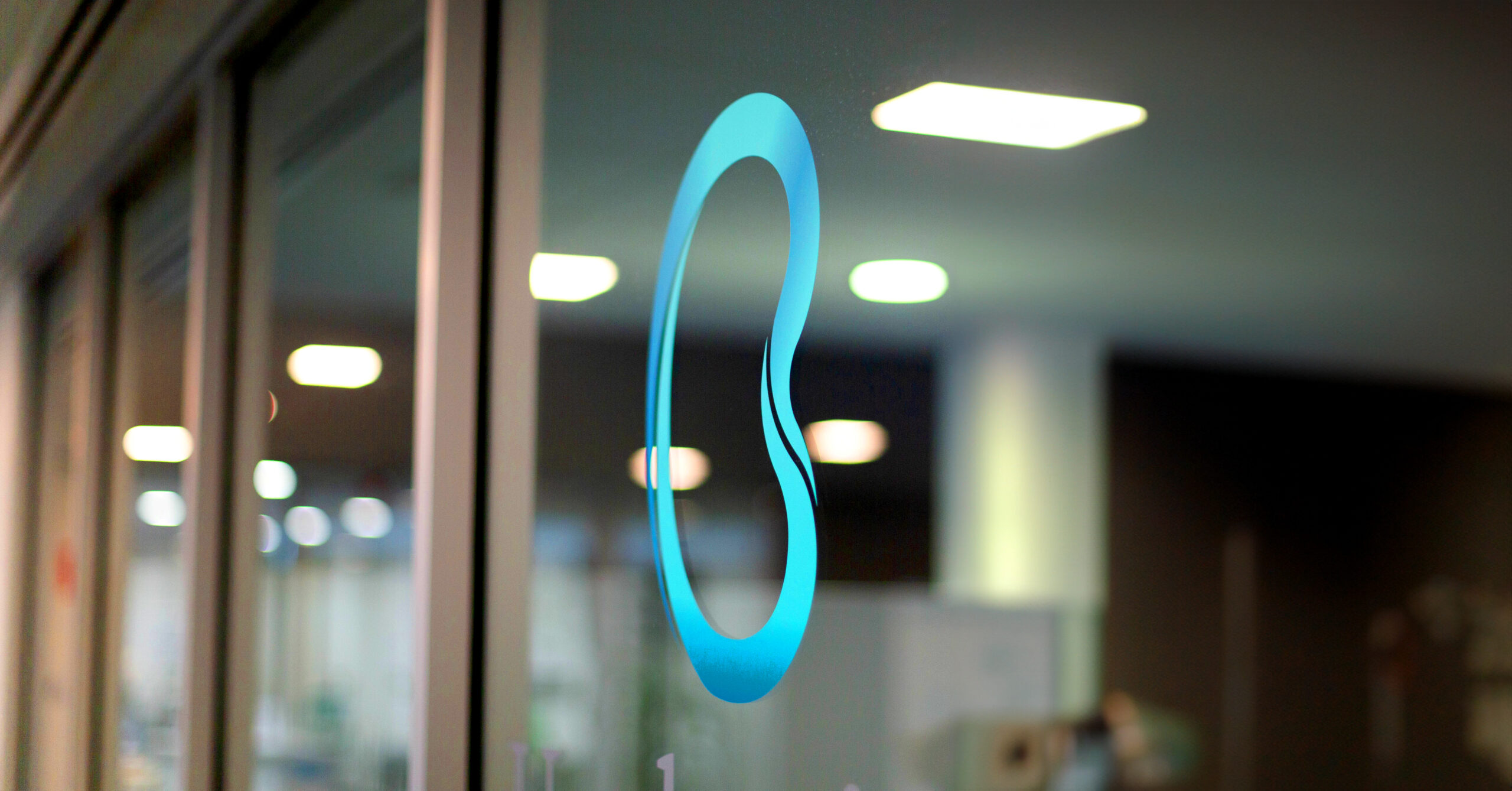
What is a Flip-Flo catheter valve?
The Flip-Flo valve is a tap-like device which fits into the end of your catheter (urethral or suprapubic). It offers you an alternative to using urinary drainage bags. Your bladder can continue to store urine and can be emptied intermittently by
releasing the valve. A Flip-Flo can be used whether your catheter is permanent or temporary.
If indicated, biopsies can be taken and cautery used to minimise bleeding. Either a general anaesthetic or a spinal anaesthetic can be used. It may be a day procedure or possibly an overnight stay. If more extensive biopsies are required, then a catheter may be inserted to aid bladder drainage and comfort after the procedure.
What benefits does a Flip-Flo catheter valve have for me?
Many people may prefer to use a Flip-Flo as it is more discreet and comfortable than a leg bag. It may reduce the risk of infection and blockage of your catheter by allowing the intermittent flushing of urine. If you are likely to have your catheter removed in the future, then a Flip-Flo valve may make this more successful as your bladder function is more likely to be maintained.
When should I open the Flip-Flo catheter valve?
You should open the Flip-Flo whenever you feel the need to pass urine, before going to bed at night and first thing in the morning. If you wake up in the night and feel that you wish to pass urine, then do so. During the day you should release your catheter at least every 4-6 hours, or more if you drink frequently. Prior to opening your bowels, open the Flip-Flo, as this will minimise leakage around your catheter (bypassing).
Can I change my own Flip-Flo catheter valve?
We recommend the Flip-Flo remains in place for the six weekly duration of your catheter. However, if you wish to change it, you can do this easily by yourself. Wash your hands first and then empty your bladder by opening the Flip-Flo. Remove your old Flip-Flo and then replace it with your new one. Discard the old Flip-Flo.
Can I use Flip-Flo catheter valves with drainage bags?
Yes, it is possible with most drainage bags. With a night bag, simply connect to the end of the Flip-Flo and leave in the open position to drain overnight. Disconnect and empty the bag in the morning. You can also use the Flip-Flo with a leg bag. This allows you to drain your bladder intermittently into your leg bag and is particularly handy when toilet use may be difficult.
Is my personal hygiene important?
Wash the area where your catheter enters your body as part of your daily hygiene regime. Avoid applying creams, antiseptics and talcum powder around this area. Bathing or showering with a Flip-Flo in place will not cause any harm.
If you get a discharge from the catheter entry point to your body, clean this area more often and contact a healthcare professional if it persists or has a strong odour.
How do I support my Flip-Flo catheter valve?
A Flip-Flo can easily be placed into your underwear. Alternatively, a leg strap on your upper thigh will also provide support. You do not need to keep the Flip-Flo lower than your bladder when it is not being emptied.
What should I drink and how much?
You should drink at least 1.5 litres per day. However, there is no restriction on what and when you should drink. If the colour of your urine is a light yellow colour, then you are drinking enough.
How do I store my catheters and Flip-Flo catheter valves?
Keep them in their original packaging in a dry, cool place away from direct sunlight. Remember your catheters and Flip-Flo are sterile, so look after them. Do not use product if the original packaging has been damaged.
What about going on holiday?
Ensure you take spare catheters and Flip-Flo valves with you to cover the period of time you are away. You should also carry a letter from your Doctor explaining that you have a catheter, why you have it, and a description of the equipment you use.
What about my sexual activity?
If this is an area of concern, talk to your healthcare professional who will discuss the various options available or suitable to you.
What might cause my catheter to leak (bypassing / spasm)?
- Constipation and straining.
- Your catheter gets blocked.
- You accidentally pull or jolt your catheter.
- If you have detrusor instability (irritable bladder).
When should I call for help?
Contact your healthcare professional if:
- You have pain related to your catheter or bladder.
- You have not drained any urine and you suspect your catheter is blocked.
- You start to see blood in your urine.
- Your urine has a strong odour and is cloudy; you may have a urine infection.
- Urine continues to leak around your catheter.
- You are worried about any aspect of your catheter care.